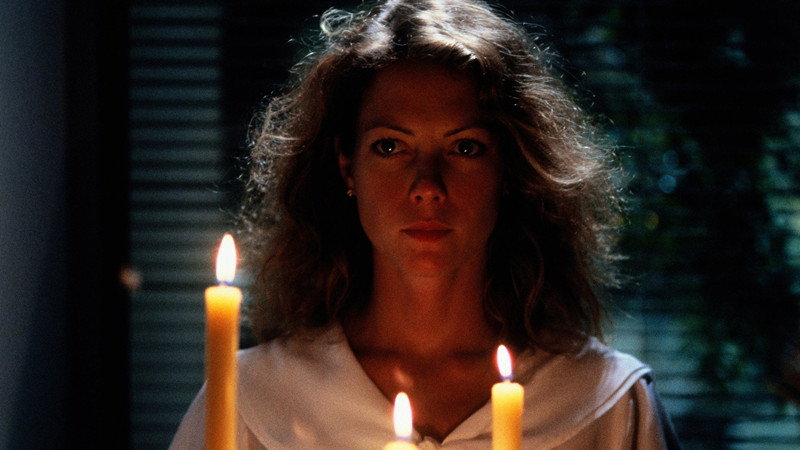
Horror is a tricky genre, especially in cinema. Some films terrify the audience, while others fail in scaring the viewers, instead making them laugh. Some directors drift into the genre from time to time, while others build their careers on providing the cinema goers with a certain level of thrills.
It seems obvious that directors who are not specialists in the genre may fail in their attempts to scare the genre aficionados. Directors who made their name making horror movies manage to provide the viewers with quality fright. But, sometimes, even masters of horror can fail with their flicks. There can be many reasons behind that. Sometimes directors are just exhausted. Sometimes the misfire can be blamed on the interference of studio executives. Regardless of that, being a master of horror doesn’t guarantee that your next feature won’t turn out to be a misfire.
1. The Guardian (1990) directed by William Friedkin
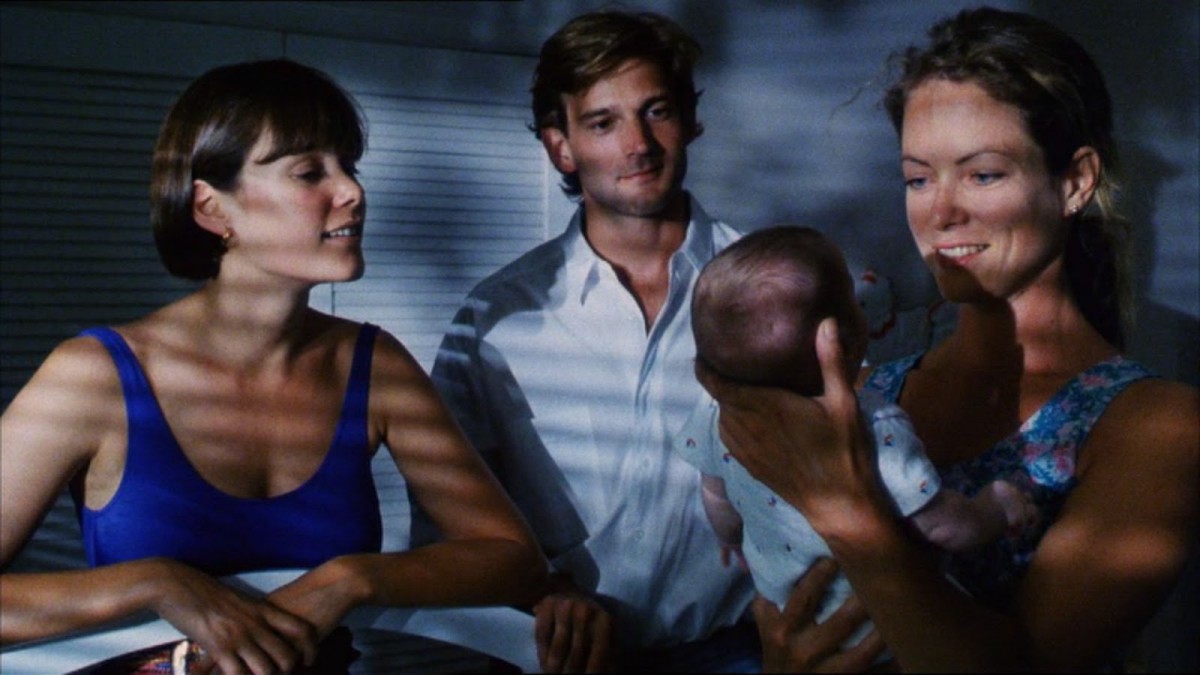
William Friedkin is not strictly a horror movie director, but he made his name, while not exclusively but largely, by directing “The Exorcist” (1973). This landmark work can be blamed for his next film “Sorcerer” (1977) flopping at the box office, and for all the problems with “The Guardian”.
The movie is based on Dan Greenburg’s novel “The Nanny”. Sam Raimi had been originally attached to direct the film but withdrew from the project due to scheduling conflicts. Then Universal Pictures opted to hire William Friedkin. Steven Volk, who wrote the original script that was suitable for Sam Raimi’s tongue-in-cheek manner, tried rewriting the script to make it a supernatural horror film, but Friedkin dismissed the idea.
The screenplay was rewritten the second time, this time being closer to the source material: about a demented nanny who steals children. But Universal Pictures objected to the idea, believing that this movie would gain more success as a supernatural horror movie by the director who shocked the world with “The Exorcist”.
According to Jenny Seagrove, the star of the film, the script was changing all the time, which did contribute to the messy final product. In the end, the viewers were exposed to a half-baked horror movie partly inspired by Druid mythology.
At a running time of 92 minutes, the movie has no place to breathe. It looks just like any random direct-to-video horror movie from the early 1990s, but not like a work from the director who brought you “The French Connection” and “The Exorcist”. When you realize that it was directed by William Friedkin, you may get the feeling that you are probably watching some strange cut of the film, with approximately one hour being edited out. Although Friedkin’s filmography is full of hits and misses, “The Guardian” will probably remain one of the biggest misfires of his career.
While the film has a cult following, Friedkin, in a retrospect, said the following about “The Guardian”: “…I don’t think [it] works”.
2. My Soul To Take (2010) directed by Wes Craven
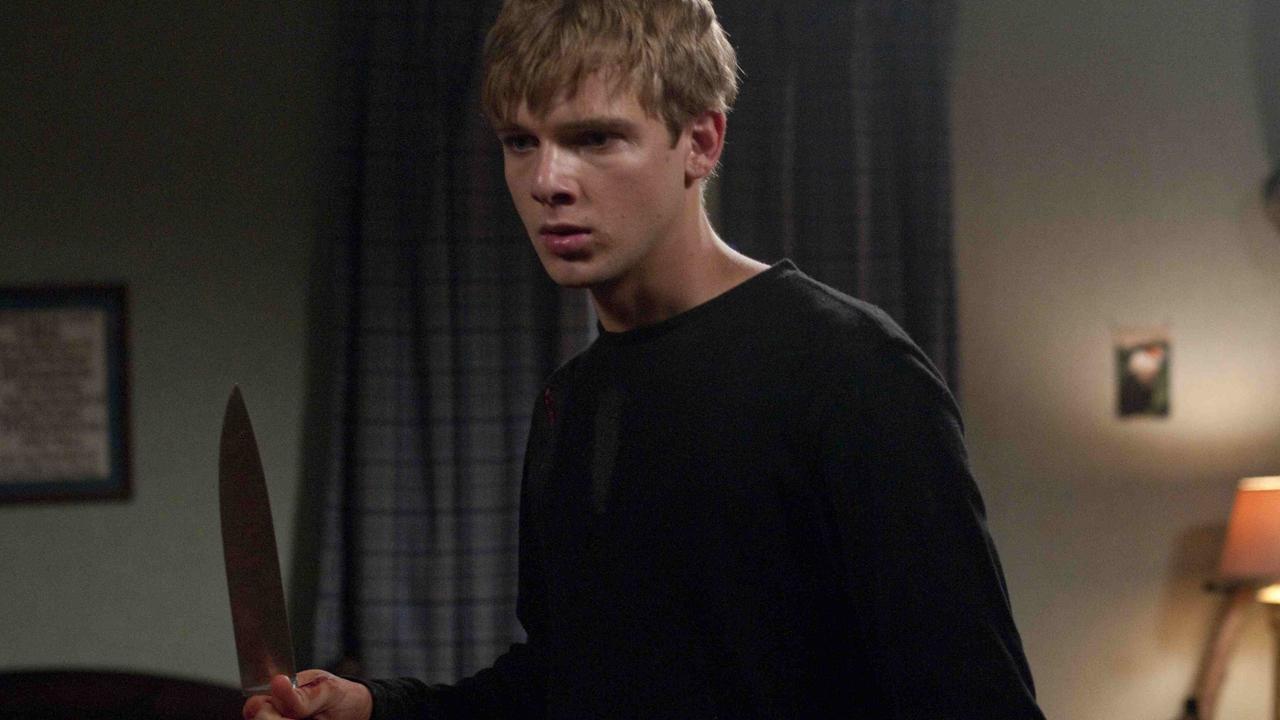
Wes Craven has provided moviegoers with a vast array of memorable horror films. From the chilling re-imagining of Ingmar Bergman’s “The Virgin Spring” (1960) in “The Last House on the Left” (1972) to a brutal re-imagining of a Scottish legend in “The Hills Have Eyes” (1977). Later, Craven reshaped the slasher genre with “A Nightmare on Elm Street” (1984), which introduced audiences to one of the most memorable antagonists in the history of cinema – Fred Kruger. Craven managed to reshape the genre once again with “Scream” (1996), which parodied the typical slasher movie tropes. That has been said. While Craven’s filmography includes more than twenty films, he is mostly known for “A Nightmare on Elm Street” and “Scream”. The rest of his filmography is more or less obscure.
In 2010 “My Soul to Take” was released to a commercial disappointment and a slew of negative reviews. Despite all that, Wes Craven was still proud of his film. And it is easy to understand both the viewers and the director.
Although Craven had directed more than ten films from the early 1990s to his death in 2015, “My Soul to Take” was the first film in 15 years that Craven not only directed but wrote. And you can see that the movie has very much in common with “A Nightmare on Elm Street”. But viewers hated it because the movie was reductive and didn’t have patience. Within the first eight minutes of the film, at least ten people die, and then the viewers learn that it’s only the prologue.
The movie fails to provide the viewers with memorable and likable characters. The antagonist is boring, and his story is presented hastily. In the end, the viewer may get the feeling that they are watching a half-baked version of “A Nightmare on Elm Street”. Maybe viewers can forgive other directors for ripping off Craven’s work, but it is impossible to forgive the master for ripping off his own films.
3. Djinn (2013) directed by Tobe Hooper
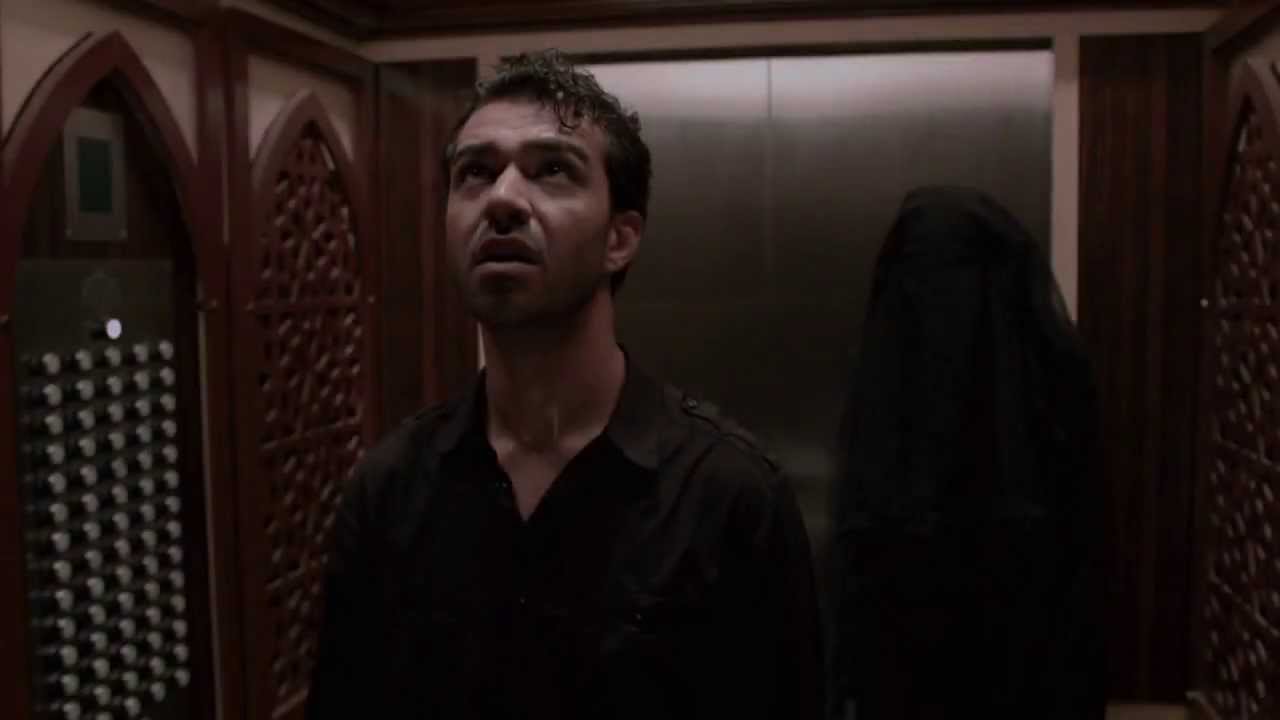
Tobe Hooper took cinema by storm with “The Texas Chain Saw Massacre” (1974), which became one of the most influential and the most profitable horror films of all time. He is also known for “Poltergeist” (1982), which received three Academy Award nominations. He also directed “The Funhouse” (1981) and “Lifeforce” (1985), both of which enjoy a cult following.
His filmography had its misfires, however, none of them can compare to “Djinn” (2013). One can blame the time it took from the conception to the release of the film, as the idea was conceived in 2010 and the movie saw its wide release only in 2013. Another reason why the movie flopped may lie in the language, as the movie is shot in Arabic and English, and subtitles often scare viewers away. But the movie turned out to be a disappointment for a different reason.
“Djinn” is a dull attempt to make a J-horror movie with an Arabic flavor. The movie got good reviews in the United Arab Emirates, which studio produced the film, but worldwide the movie about a genie who torments a couple after they lose the baby was met with unanimously bad reviews. “Djinn” constitutes the failure of the attempt to capitalize on the chance to bring Arabic flavor into horror movies. But the main disappointment lies in the fact that such a dull and uninspired movie had been directed by the person responsible for “The Texas Chain Saw Massacre” and ” Salem’s Lot”.
4. The Mother of Tears (2007) directed by Dario Argento
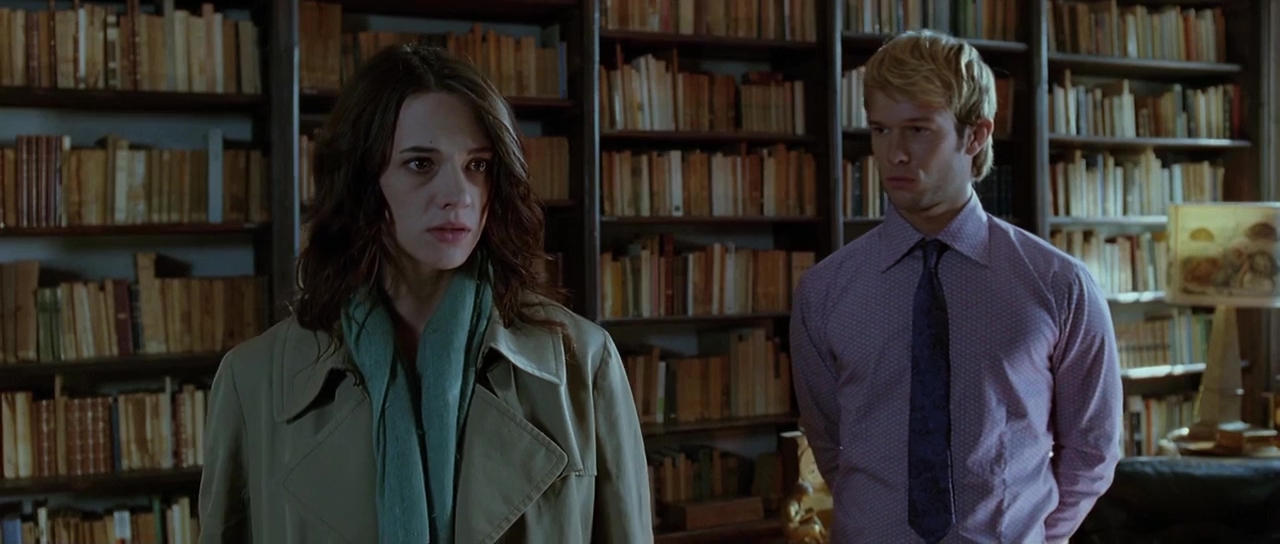
Throughout most of the 1970s, Dario Argento was known as the master of Giallo. But then in 1977, he directed a film based on the screenplay co-written with his then romantic partner Daria Nicolodi. That film was “Suspiria”. A movie that had spawned two sequels (both directed by Argento) and a recent remake by Luca Guadagnino.
“Suspiria” was met rather cold by his Italian fans, as no one expected a director, whose body of work mainly consisted of movies of the genre from which the American slasher originated, to direct a horror film about witches. Still, the movie became a worldwide success and is still considered to be one of the scariest films of all time. Moreover, “Suspiria” opened a possibility for Argento to mix fantasy and Giallo in his later works, like “Phenomena” (1985).
While “Inferno” (1980), a sequel to “Suspiria”, had gone almost unnoticed upon its release, it still enjoys a cult following and is considered by many critics and directors to be a pure art film. Argento directed a lot of successful films, either worldwide or locally, after the “Inferno”. But fans of “Suspiria” and “Inferno” were hoping that the Italian master of horror films would finally complete the “Three Mothers Trilogy”.
By the early noughties, Argento’s new releases tended to become critical and commercial duds. That’s when he opted for finishing his trilogy about witches. Without any screenwriting involvement from Daria Nicolodi, who had co-written “Suspiria” and, although uncredited, “Inferno”, the move failed to become a glorious return for the director.
While “The Mother of Tears” was commercially successful upon its release, the movie received a slew of bad reviews. It holds the lowest rating on Rotten Tomatoes of all the films of the trilogy. The movie is filled with a lot of unnecessary gore and at the running time of 100 minutes, it feels extremely long and dull.
All in all, fans of the trilogy like to pretend that “The Mother of Tears” had never happened, and even those who detested Guadagnino’s take on “Suspiria” raise their brows when they hear Argento’s reaction to the remake. The director is claiming that Luca Guadagnino has betrayed the “spirit of the original film”, which is strange to hear from someone who directed “The Mother of Tears”.
5. Ghosts of Mars (2001) directed by John Carpenter
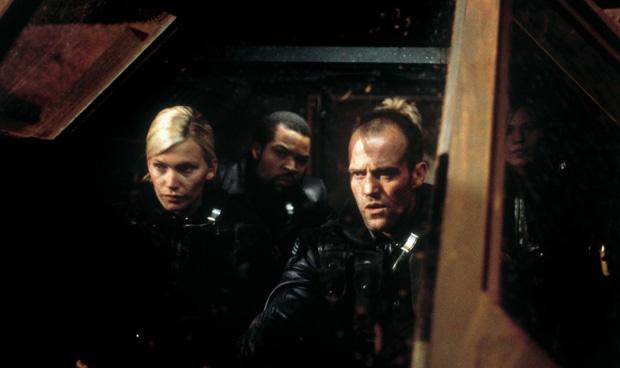
John Carpenter made his name synonymous with the horror genre thanks to movies like “Halloween” (1978), “The Fog” (1980), and “The Thing” (1982). While the first two films were commercially successful upon their releases (“Halloween” had been the most profitable independent movie before the release of “The Blair Witch Project”), “The Thing” flopped upon its release, but quickly gained the cult following when it was released on video. Most of his films, whether commercial hits or not, became cult classics. But there was one film that made Carpenter retire from filmmaking for almost a decade. That movie was “Ghosts of Mars” (2001).
With a whopping 21% score on Rotten Tomatoes, the film had made $14 million on a $28 million budget. The flop can be partially attributed to the audience’s expectations. Carpenter was attempting to make a mindless and silly action flick, while the audiences expected him to shoot a serious horror movie. Still, “Ghosts of Mars” has its flaws.
At the running time of 98 minutes, the movie feels too long. It is campy, but not funny enough. It has some scary scenes, but all in all, the movie is not scary enough. The screenplay is underdeveloped, and the movie suffers from the bad acting of the main cast.